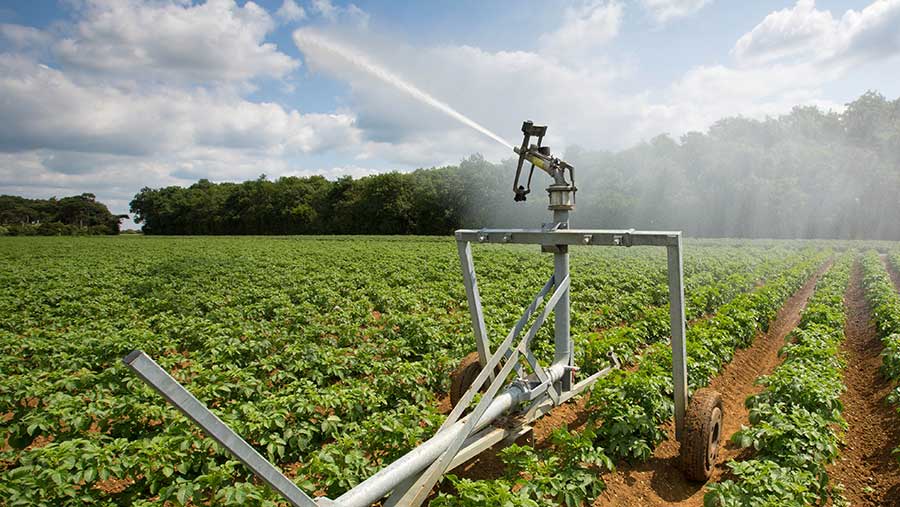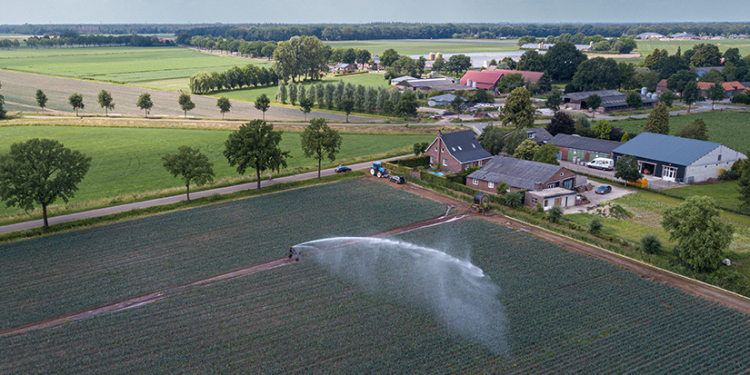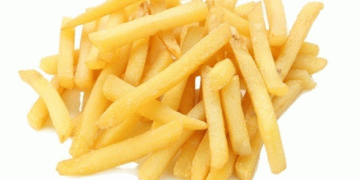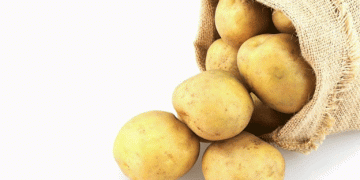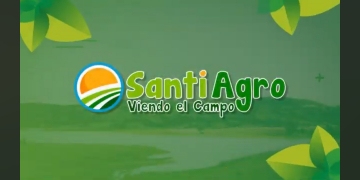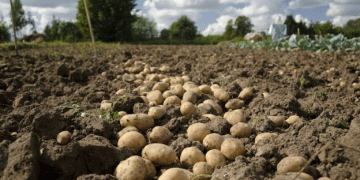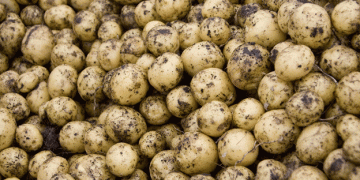The relatively wet spring has a different impact on the companies of the NPPL participants. This is apparent from a telephone tour of seven arable and dairy farms.
For NPPL participant Anselm Claassen from Vierhuizen (Gr.), potato planting started well this season from 19 April. “The soil was nice and dry, perfect weather for planting. But unfortunately that only lasted a week and we were rained out. After that we could not plant for three weeks and could only continue again in the third week of May. Planting was finished around Ascension.”
Shorter growing season
But due to even more rain, Claassen was only able to finish the start of the new seed potato season with ridges in the first week of June. “That is very late and will therefore cost us 10% to 20% yield, mainly due to a shorter growing season.”

Normally Claassen also draws trenches at headlands and the front and back of plots for water drainage around the time of milling. This was now necessary earlier due to flooding around Ascension and early June.
This season Claassen again planted variably on the same two plots as in 2019 and 2020. “Fortunately, that went well in the dry week when we had just started planting. The potatoes are just above the top on these plots, even later than last year.”
Mow later
Dairy farmer Gerard Uijterlinde from Deurningen (Ov.) is doing a comparison trial this year with three irrigation regimes based on data from soil moisture sensors. “After three very dry years, I wanted to use the reel more effectively. Understandably, there is no need to irrigate for the time being. That in itself is positive, but less successful for the test. That could of course change in a few weeks. I keep a close eye on the suction pressure.”
Due to the heavy rainfall in April and May, Uijterlinde was only able to mow late. The effect of variable dosing of slurry with section closure was clearly visible in the field. “This resulted in a much more even crop on the plots in question than on plots that we did not apply variable fertilization.”
Drip hoses
Arable farmer Mischa Raedts from Sevenum (L.) is carrying out a comparison trial this growing season with watering in two plots with onions. On one plot, if necessary, irrigated with a reel, on another plot, drip hoses were placed in the soil at the end of March.
Soil moisture sensors determine the watering in both plots.
“The installation of the drip hoses went well,” says Raedts. “This spring is different from previous years. I only had to use the drip hoses and the reel once. As a result, I can’t say much about the operation of the drip hoses, let alone about the advantages and disadvantages compared to irrigation with the reel. That could of course change in the coming weeks if we get a dry period.”
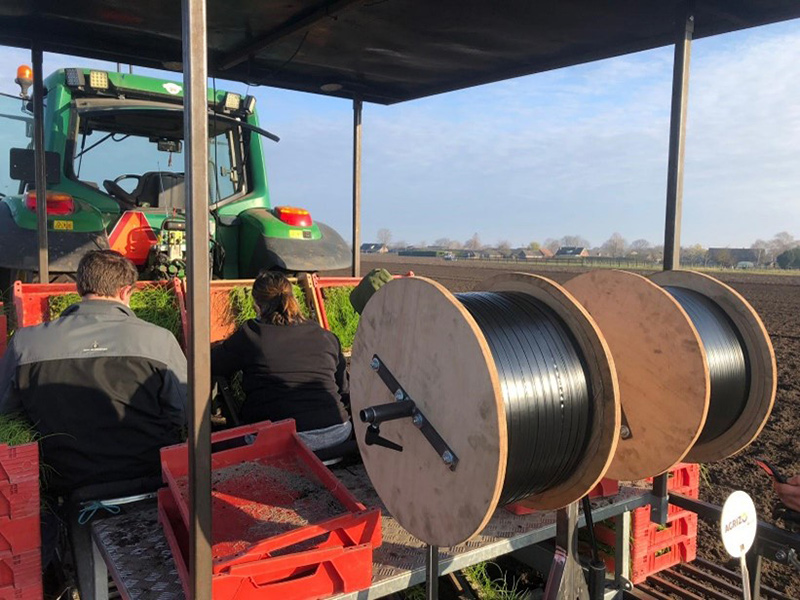
Variable spraying with soil herbicide
Arable farmer Sten de Meijer from Hoek in Zeeland speaks of an excellent spring, especially compared to last year. “At the start of the growing season, four reels were running almost continuously. This put other work in jeopardy. We haven’t had any problems with it for the past two months. Now everything went smoothly.”
Variable spraying of soil herbicides in kidney beans is one of the NPPL measures being implemented on arable farms this season. A soil scan and then a task card were made for this. Sowing and variable spraying took place on 3 June under good weather conditions. de Meijer; “That is later than we had planned, but earlier was not possible because of the rain here in Zeeuws-Vlaanderen.”
Weather station installed
On May 3, two soil moisture sensors and a weather station were installed at the Coen Overvest dairy farm in Doorn (Utr.). An important part of his farm is located on sandy soil that is sensitive to drought.
Overvest’s core objective is to optimize roughage production, among other things by more targeted irrigation. The sensors and the weather station provide him with the data for this.
He doesn’t have to use it for now. This has everything to do with the relatively wet spring. “The soil is moist enough due to the heavy rainfall. I’m happy about that. Last year at this time the reel was already spinning.”
Strip cultivation
Arable farmer Remco Wesdorp, dairy farmer Huibert Groeneveld and student Martijn Groenendijk are active within NPPL with strip cultivation and circular agriculture. They were only slightly hindered by the wetness. In recent months, all crops went into the ground in the Pallandtpolder Experimental Garden on Goeree-Overflakkee.
“In February and March we sowed wheat and grass-clover and planted the onions,” says Groenendijk. “Potatoes and field beans followed in April, and chicory, kidney beans and maize were sown in May, plus all the flower edges.”
As a result of the rainfall last spring, entrepreneurs had to sow and plant more in blocks. “But we haven’t had much trouble with this. The installation of the strips actually went quite smoothly. Only at the early sown flower borders were some emergence problems here and there due to an excess of water, but that has now been remedied. All crops are in good condition.”
Full of rain
Preite farmer Ronald Swinkels from Meterik (L.) is involved in precision irrigation within NPPL, among other things. He indicates that he has had almost no problems with extreme wetness. “For us, it could have rained a little more in recent months,” says Swinkels. “The showers of the past few weeks are no longer visible, we are fully irrigating with our Raindancer systems.”
At the beginning of this year, the Limburg entrepreneur also invested in a hoeing machine, which is equipped with a camera to distinguish planting material and weeds. “We have not yet deployed these. That had little effect with the many small showers of the last few weeks. The plan is to get started with this machine in the coming weeks.”
